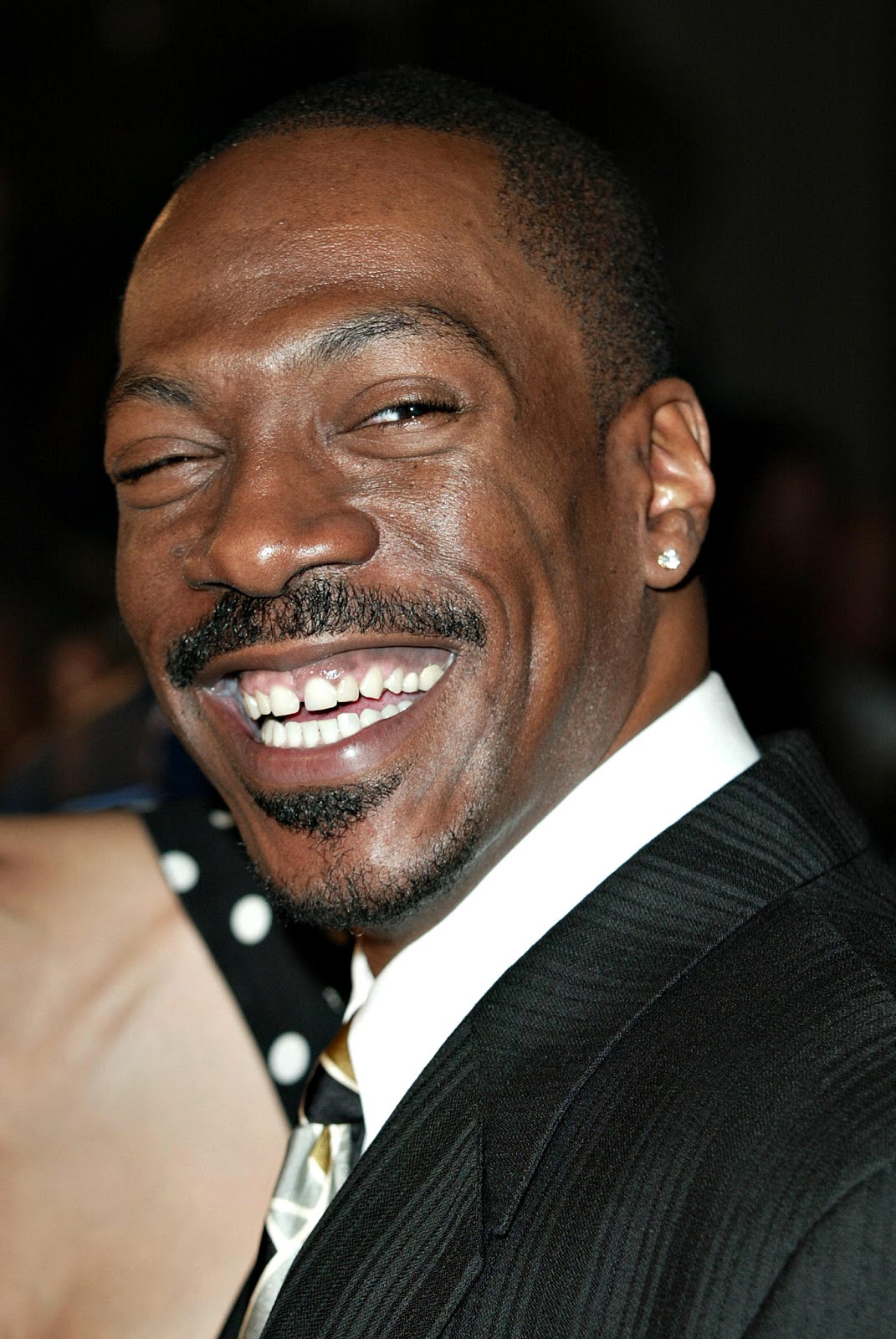Eddie Iron Maiden: The Undying Icon Of Heavy Metal
In the pantheon of rock and metal, few figures command as much immediate recognition and fervent devotion as Eddie, the skeletal, ever-evolving mascot of the legendary British heavy metal band, Iron Maiden. More than just a logo or a character, Eddie Iron Maiden has become synonymous with the band's identity, an inseparable entity that has graced every album cover, countless merchandise items, and dominated their electrifying live performances for over four decades. His ghoulish visage, perpetually reinvented to reflect each new musical chapter, is a testament to the band's creativity and their unwavering commitment to a unique visual aesthetic.
From his humble beginnings as a simple stage prop to his current status as one of the most famous band mascots in the music industry, Eddie's journey mirrors Iron Maiden's own meteoric rise to global superstardom. He is a perennial fixture of the group's artwork, appearing in all of their album covers, and his presence is deeply woven into the fabric of heavy metal culture. This article delves into the fascinating history and enduring legacy of Eddie Iron Maiden, exploring his origins, evolution, and profound impact on the band and its millions of fans worldwide.
Table of Contents
- The Genesis of a Ghoul: Eddie's Humble Beginnings
- From Stage Prop to Album Art: Eddie's Visual Evolution
- Eddie Iron Maiden: A Chronology of Iconic Appearances
- The Artistry Behind the Monster: Derek Riggs and Beyond
- Eddie's Live Dominance: The Theatrical Spectacle
- Beyond the Music: Eddie's Cultural Impact and Merchandise Empire
- The Enduring Legacy of Eddie Iron Maiden
- Why Eddie Matters: A Symbol of Iron Maiden's Identity
The Genesis of a Ghoul: Eddie's Humble Beginnings
The story of Eddie Iron Maiden begins not with an elaborate concept, but with a practical need for a striking visual element for a burgeoning band. In the late 1970s, as Iron Maiden was making a name for itself in the vibrant London club scene, their stage manager at the time, Dave Beasly, conceived of a simple yet effective prop. He designed a head, originally just a mask, which was placed above the drummer at concerts. This initial iteration was rudimentary, a papier-mâché creation with rudimentary mechanics that allowed it to spit fake blood. It was a raw, visceral addition to their energetic live shows, designed to shock and engage the audience. This early stage prop, affectionately nicknamed "Eddie the Head" (a reference to a joke about a baby born without a body, just a head), quickly became a fan favorite. Its grotesque appeal perfectly complemented the band's raw, aggressive sound and their lyrical themes often steeped in horror, history, and mythology. The initial success of this live visual led the band to consider how to integrate this burgeoning character more deeply into their identity. It was a serendipitous beginning that laid the groundwork for what would become one of the most iconic figures in music history. The evolution of Eddie, the iconic logo for Iron Maiden, is explored in detail, including his origins, various interpretations, significant milestones, and impact on Iron Maiden and heavy metal culture.From Stage Prop to Album Art: Eddie's Visual Evolution
What started as a simple stage prop soon transcended its initial purpose. The band, recognizing the potential of their ghastly companion, sought to translate Eddie's macabre charm to their album artwork. This pivotal decision would forever cement Eddie's place as a core element of Iron Maiden's brand. The challenge was to transform a three-dimensional, rudimentary stage prop into a two-dimensional, compelling visual that could convey the band's essence on a record sleeve.Early Incarnations and Artistic Interpretations
The pivotal moment came with the band's debut single, "Running Free," and their self-titled debut album in 1980. For these releases, the band enlisted the talents of artist Derek Riggs, who would become synonymous with Eddie's visual identity for years to come. Riggs took the concept of "Eddie the Head" and transformed him into the full-bodied, menacing figure we know today. His initial portrayal of Eddie, peering out from the shadows with a sinister grin, immediately captivated fans and critics alike. This was the birth of the definitive Eddie Iron Maiden. Riggs's artwork for albums like "Killers," "The Number of the Beast," and "Powerslave" established a visual language that was as distinctive as the band's music. Each album cover presented Eddie in a new scenario, reflecting the album's lyrical themes: a killer stalking the streets, a demonic overlord, an ancient Egyptian pharaoh. This consistent reinvention, while maintaining Eddie's core skeletal features, ensured that he remained fresh and exciting. He is a perennial fixture of the group's artwork, appearing in all of their album covers, making him instantly recognizable to fans across the globe. This strategy proved incredibly effective, turning album art into an integral part of the fan experience and solidifying Eddie's status as a visual icon.Eddie Iron Maiden: A Chronology of Iconic Appearances
Eddie's journey through Iron Maiden's discography is a visual chronicle of the band's career, each appearance a snapshot of their evolving sound and lyrical themes. Being one of the most famous band mascots in the music industry, Eddie has appeared in countless forms, each more imaginative than the last. Here's a look at some of his most memorable transformations: | Album/Era | Eddie's Portrayal
Eddie Murphy | Biography, Movies, & Facts | Britannica

Eddie Murphy Returning to 'Saturday Night Live' for First Time in 30

Eddie Murphy Wallpapers | Desktop Wallpapers